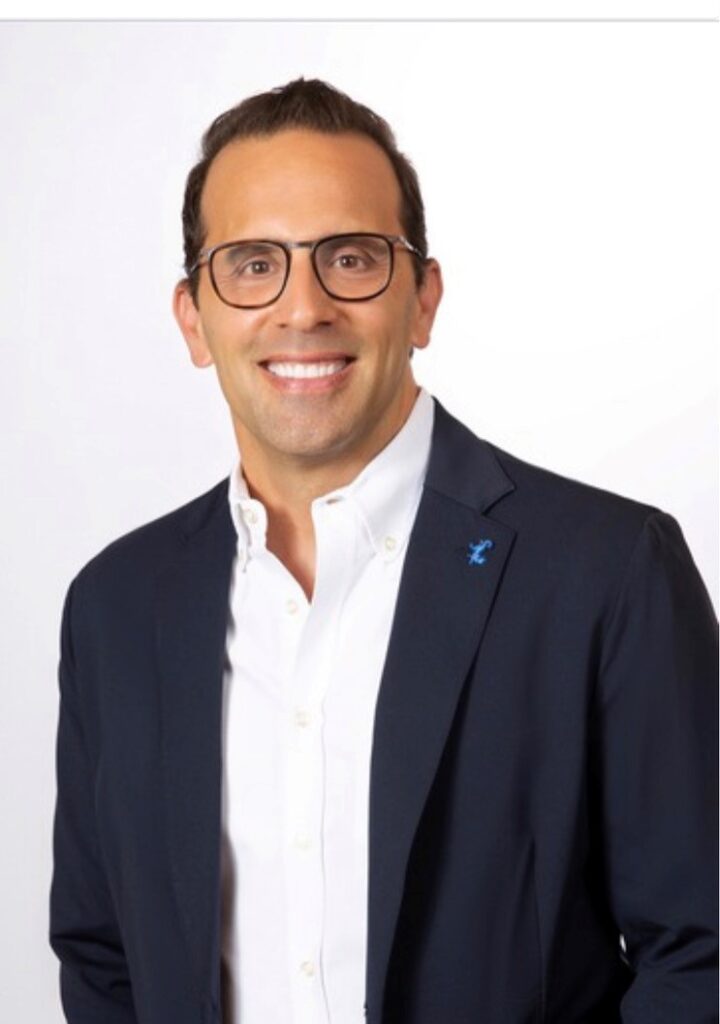Wrong fit, right fit: Addressing the trillion-dollar disengagement conundrum
- 7 Min Read
The cost of global disengagement is an estimated $8.8 trillion, and yet efforts to reimagine human capital management have failed to make a substantial impact on employee engagement. André Martin explains how a “wrong fit, right fit” approach can solve the disengagement crisis.
- Author: André Martin
- Date published: Sep 18, 2023
- Categories


You don’t have to look any further than the estimated $8.8 trillion of lost productivity loss Gallup attributes to disengagement to see that the issues are deep and widespread. If you or your organization need further proof that how we work isn’t working, note that the World Health Organization officially recognizes burnout as a workplace hazard. For seemingly millions of employees, work simply feels like more work than it should. They are a world away from working at a “right fit” company.
With that idea in mind, companies and HR Departments have invested in reimagining their culture and/or changing their approach to work by employing the best practices of “great companies” or buying off-the-shelf products and platforms from top Human Capital consultancies. The size of the human capital management solutions market is expected to hit $28 billion in 2023 on its way to $52 billion by 2030.
Yet, for all this investment, global employee engagement has remained relatively unchanged over the last decade according to Gallup. And some might argue that things are worse. A recent study by MIT and Culture 500 looked at how companies talk about what they value in their culture (via company communications) and what employees are experiencing on the job day-to-day (via employee review sites). The research shows there is zero correlation (yes, zero) between the espoused values of companies and the employee experience.
If you are an HR professional aiming to increase employee commitment and engagement, what do you do now? Maybe it is time to reject the premise that we need a new or better culture and focus instead on the alignment of what we say about work with how work gets done day-to-day. In other words, focus on the “right fit”.
How can the idea of “right fit” help us solve disengagement?
If the problem isn’t culture per se, could it boil down to the alignment of expectations about how work is done day-to-day? There are as many ways of working as there are companies on the planet. Each company has a distinct and differentiated way that work gets done–how they collaborate, solve problems, manage conflict, prioritize, sell ideas, give feedback, develop leaders, rest, and recover, etc. And so does each talent. So, what if the problem isn’t good or bad culture, but right or wrong fit between how a talent prefers to work and how a company functions every day?
In other words, could it come down to a ‘right’ or ‘wrong’ fit? I define right fit simply as “a deep and authentic connection to how a company works day-to-day”.
When we have the right fit – the connection to how a company works day-to-day – the days feel easier, the work is more meaningful, and our connection to our company grows exponentially. As one interviewee described it, “In my ‘right fit’ experience, it felt like putting on my favorite outfit. I was more me.”
Perhaps even more compelling were the explanations of how people felt when the fit wasn’t there.
One of our interviewees said it felt as if “everyone has a secret decoder ring for success, except for me.” Another was much rawer about the feeling when they said, “It was like being punched in the face every day in a different way.” Another told me: “It was impacting my relationships, my mental health. I just didn’t want to go to work.”
How to create a “right fit” company
There are toxic leaders, dysfunctional teams, and inequitable systems/structures, but very few companies (if any) set out to create a poor experience for their employees. However, as a company grows, it brings in more and more external talent. This new talent comes in with highly valuable skills, capabilities, and experience, but they also bring with them other companies’ cultures, preferred ways of working, and nuanced styles of leadership.
Successful leaders have an operating system they use, a well-honed and habitual way of working, that follows them from company to company and job to job. This is often why growth can erode a company’s culture over time.
Though there are many steps a company can take to gain alignment in how they work
day-to-day and present a more authentic version of themselves to prospective talent, the first step is to rediscover their “secret sauce” of work, and how the company at its best works day-to-day.
Organizations must carefully design and implement three key areas:
1. Work principles
Think about these as norms or teaming ground rules at the company level. These are the organizational guidelines to frame how it should feel to work in a group or a team at the company.
Principles help create a productive environment aligns everyone to a single philosophy of how they do work. It is the corporate equivalent of rules for a sport, etiquette at a dinner party, or laws that govern how we drive.
These principles are overarching statements of intent like “the consumer decides,” or “asynchronous first, meetings second,” or “we work in full sentences, not beautiful decks.”
Organizations often set these principles at their founding and are core to what differentiates a firm. Without work principles, chaos eventually reigns.
2. Work practices
If work principles are “The way work should feel,” then work practices are “How work gets done.”
Work practices are the methods, models, and mindsets that we use day to day. If organizations design these well, these practices should tell talent how a company makes decisions, solves problems, socializes ideas, resolves conflict, manages projects, gives feedback, builds relationships, recognizes good work, etc.
3. Work platforms
The technology that employees use to do work. For example, the tech stacks that enabled pre-COVID work was optimized for physical, face-to-face contact, which meant they needed to be just good enough to enable good conversations. We know that working in a hybrid or remote world is vastly different.
In a physical environment, the platform is the ground (it disappears into the experience), whereas, in a hybrid or a remote environment, the platform is the figure (the center of our attention and our main connection point to our company)—it is our experience of our company.
So, where do you start?
If you are an HR professional, it is easy to assume that something is sorely missing in the
employee experience and the creation of a better, more engaging culture is the silver bullet.
My advice is to start by assuming that you have all that you need, inside. Another way to think about this is that somewhere in your company there is a leader and a team (or multiple teams) that work in the way that works best for your company. Find them, study them, and pull the work principles, practices, and platforms from them. Then, take your rediscovered way of working and recruit everyone back to it over time.
In the following article in the series, we will tackle how to attract “right fit” talent to your company.
________________
Dr. André Martin is an organizational psychologist and the author of the upcoming book “Wrong Fit, Right Fit – Why How We Work Matters More Than Ever”. He has spent nearly 20 years as the Chief Learning Officer or Chief Talent Officer of iconic brands such as Mars Incorporated, Nike, Google, and Target. Now, acting as an operating advisor, board member, executive coach, and consultant, André continues to counsel c-suite leaders and founders on diverse topics such as executive development and succession planning, high performance teams, employee engagement, culture building, and strategy development.









